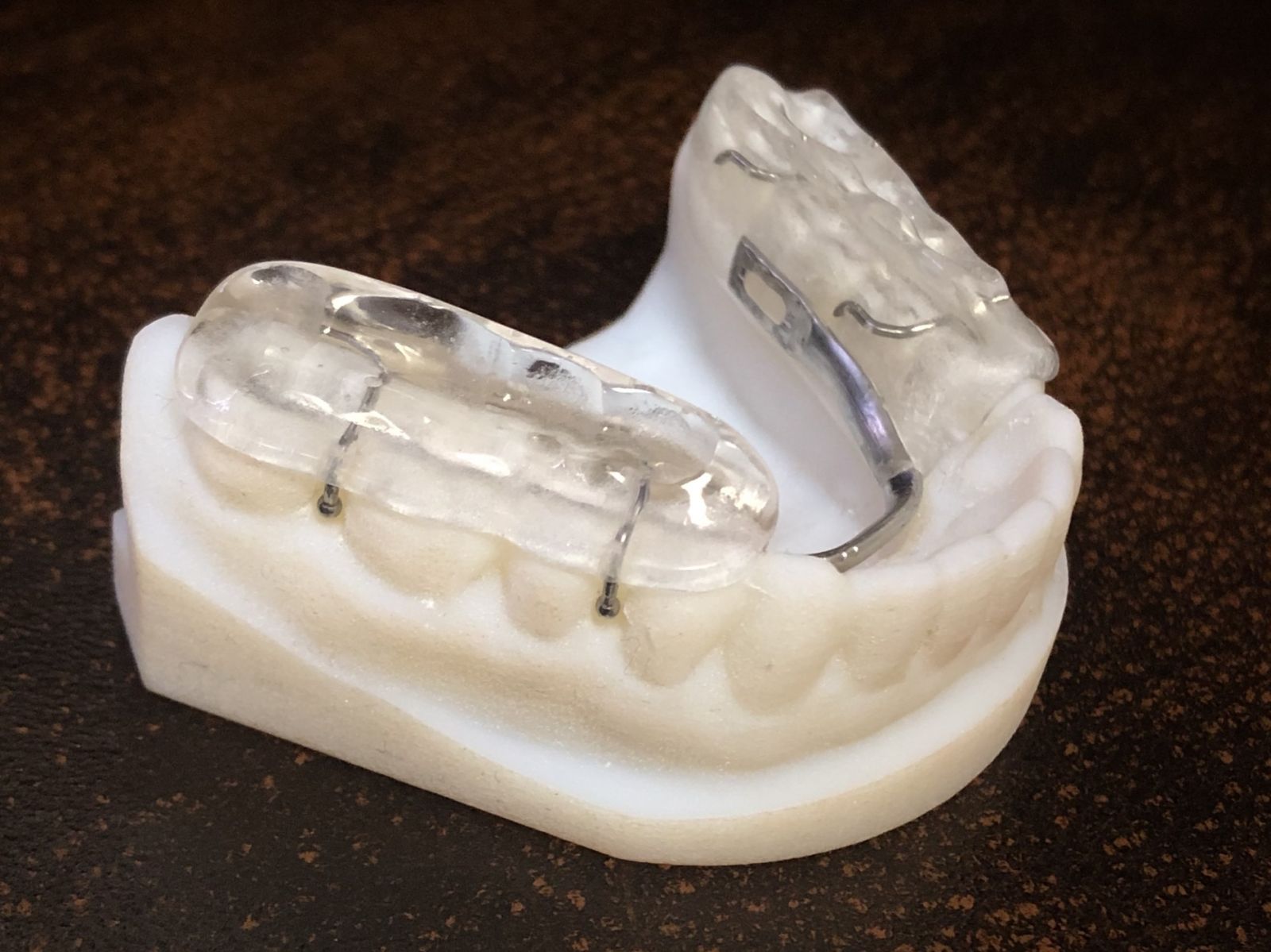What is TMJ-TMD?
The term TMJ is the common name for a degenerative jaw joint condition. It gets its name from the name of the joint itself, the Temporomandibular Joint. The condition is also called TMJ Syndrome, TMD, or TMJD, where the “D” stands for disorder. For the sake of simplicity, we’ll use TMJ.
What is it like to have it?
Symptoms of TMJ include:
- Jaw joint “clicking” or popping sound during chewing
- Ringing in the ears and dizziness
- Frequent headaches, neck aches or earaches
- Tooth pain with no dental cause
- Sore jaw joints and muscles
- Muscle spasms in the jaw area
- A change in the alignment of top and bottom teeth
- Locked jaw or limited opening of the mouth
- Clinching or grinding of the teeth
Patients, including children, adolescents and adults, with TMJ might exhibit any of the symptoms listed above, but the symptom most all TMJ patients have is chronic headaches. The headaches can be of any variety, intensity, location, duration, or frequency. The big finding of recent years is that the worst of these headaches, the migraine, is the end stage of this TMJ condition. Even children can have true “TMJ” dysfunction ranging from a headache every couple of months to severe migraines.
How do you treat damaged jaw joints?
Healing damaged temporomandibular joints (TMJs) and relieving the headache and associated symptoms listed above, requires a simple procedure. It involves realigning the bite of the lower jaw that is trapped too far back during chewing. When the jaw is trapped too far back the ball (condyle) of the ball and socket joint impinges upon sensitive arteries and nerves. This is corrected by constructing a simple bite device (see image below) made to move the lower jaw forward. This then stops the repetitive compressing and injury by the lower jaw at full biting force. Realigning the bite slightly more forward quickly cures the problem of the backward displaced condyle. Then it is a matter of realigning the teeth so that they function (chew) well in their new position. Fortunately, the distance moved forward is slight, different for everyone, but always slight.

What is the effect on facial appearance?
Bringing the jaw forward generally results in a stronger chin and improved lower facial profile, better lip support with a fuller appearance, and a broad smile with the teeth going from one corner of the mouth to the other. All of these changes are universally seen as cosmetically or aesthetically enhancing producing the benefits of a nonsurgical face lift.
There is another advantage to moving the lower jaw forward and that is the positive effect on the airway. When the lower jaw is moved forward only a small amount, the tongue is advanced enough to have a profound impact on the airway. People notice that they feel like they are breathing through a garden hose instead of a cocktail straw. This feeling is verified by a 3-D scan that shows the airway improvement. This is a favorable thing for anyone; but, it is especially important for someone dealing with sleep apnea which is greatly reduced if not completely eliminated when the mandible is advanced.
Should you notice any of these symptoms we've described or have questions, let us know. We can confirm the presence of TMJ and create an effective treatment just for you.


 Website Powered by Sesame 24-7™
Website Powered by Sesame 24-7™